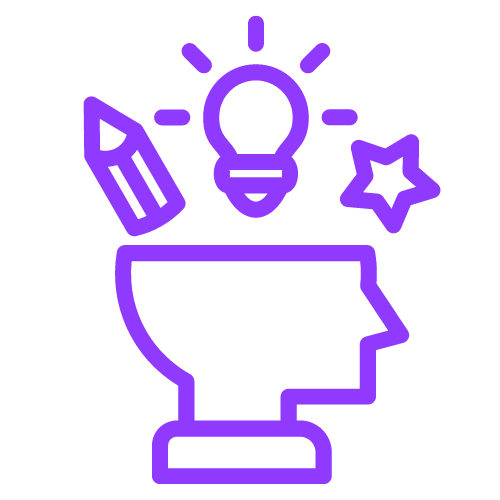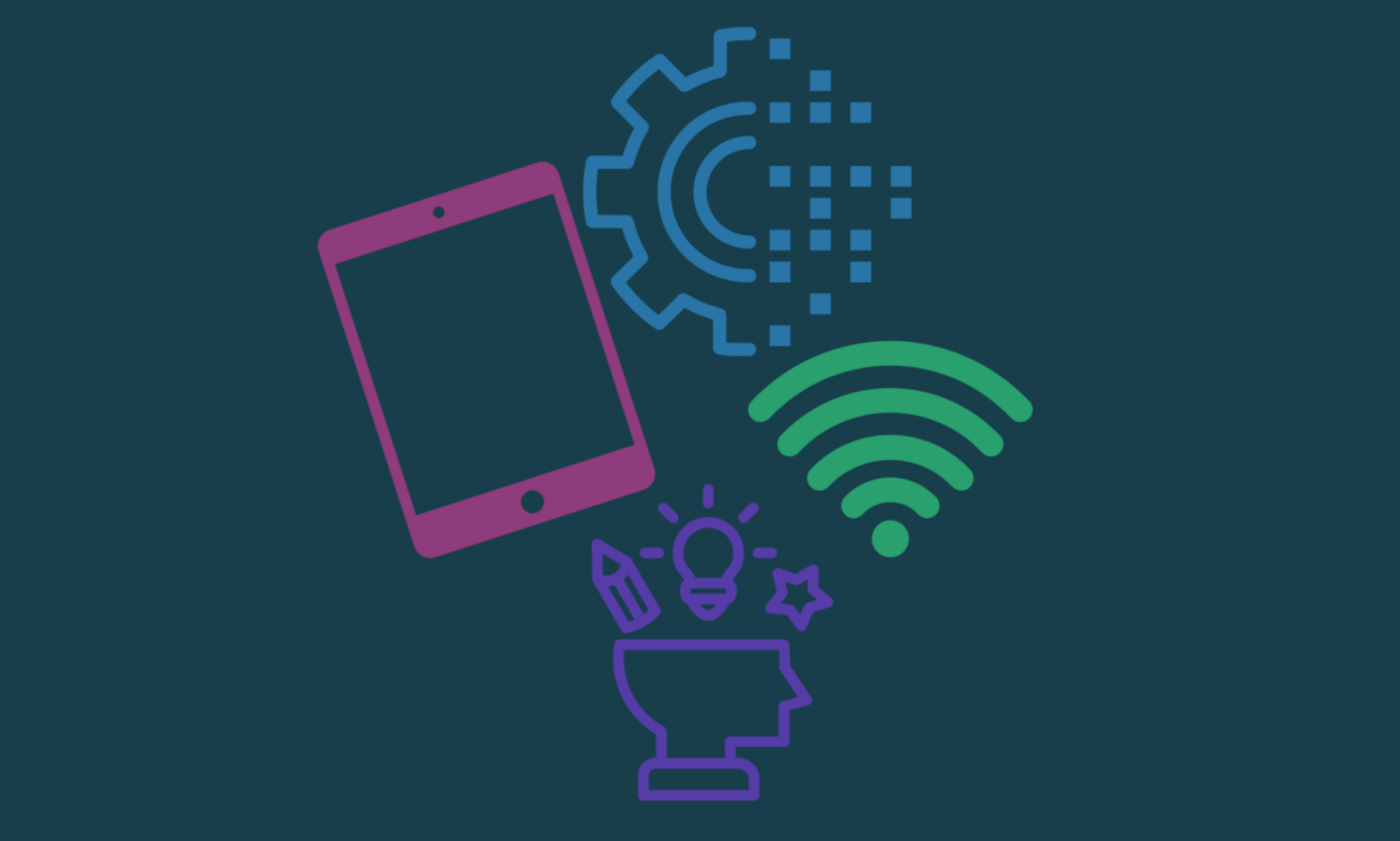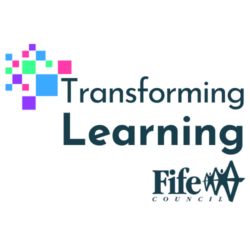Digital technologies and the skills gained throughout a young person’s learning journey are crucial to the way in which they engage with learning, and with the world.
Digital skills are key enablers for young people to access the world around them, supporting learning from any location without time restriction, giving instant access to the world of information and communication. For children with additional support needs, the reliability and ease of a universally used, well-understood device increases inclusion and engagement through the potential for alternative approaches to learning. They impact and inform the decisions our young people in Fife will make for their futures.
Research analysis conducted by the Education Endowment Foundation found that technology has significant potential to improve outcomes for learning, where the pedagogy of learning and teaching makes the most of the technology. The EEF also found that access to technology for learning can benefit disadvantaged learners more so than least-disadvantaged students.

In a 2020 report by the World Economic Forum “The Future of Jobs” a list of skills in demand for 2025 were set out. This described the need for strong creativity, inter-personal, resilience, flexibility, and problem-solving skills which digital technologies help to develop.

Providing digital devices to learners opens opportunities for creativity, connected learning, increased engagement and acquisition and development of significantly important skills for learning, life, and work.
It is a developing project in authorities across Scotland, the UK, and other countries around the world, including the US, Canada, Australia and New Zealand, Sweden, Denmark, Germany, Italy and the United Arab Emirates. Staff, children, and young people will gain key skills including:
- key concepts in the world of technologies, including coding and digital communications,
- creativity, innovation, and problem solving,
- computational thinking and data literacy,
- skills in the use of important digital tools and software,
- interpersonal skills of collaboration, leading and interacting with others in and outwith the classroom,
- searching and retrieving information to inform thinking within diverse learning contexts,
- presentation and communication skills,
- skills of planning, organisation, and self-management across a range of contexts.
National guidelines from Education Scotland, the GTCS, and international experts have all stressed the importance of digital literacy, learning and skills to the future of education and the entitlement of our learners. It is the responsibility of every Scottish teacher to effectively embed digital tools in learning and thus, the responsibility of the education system to support them with the tools and expertise they need to achieve this successfully.
The Digital Learning and Teaching Strategy for Scotland sets out four objectives to ensure all learners and educators can benefit from digital technology in education. These are:
- Develop the skills and confidence of educators in the appropriate and effective use of digital technology to support learning and teaching.
- Improve access to digital technology for all learners.
- Ensure that digital technology is a central consideration in all areas of curriculum and assessment delivery.
- Empower leaders of change to drive innovation and investment in digital technology for teaching and learning.

Transforming Learning through digital opportunity can also support wider education goals across a range of areas. It can transform approaches to marking and feedback involving the learner more directly in the learning journey. Improve the flow of information on learning to families and provide personalised learning experience for students including increased accessibility features to help ensure that all children can contribute successfully to progression in their own learning. Improving teacher skill and confidence can also facilitate more responsive professional learning approaches and opportunities for teachers and other staff. It can improve systems and processes which can reduce teacher workload.
Potential Benefits Summary

The potential benefits of a digital transformation programme of this kind are wide reaching and, in some regards, unpredictable. For our children and young people in Fife, the benefits will be clearly apparent and most succinctly summarised through the 7 areas below.
Equal Access to Education: Providing digital devices ensures that all learners have equal access to learning resources, regardless of their location or socioeconomic background. This inclusivity is crucial for promoting educational equity.
Personalised Learning: Digital devices allow for personalised learning experiences where learners can access content at their own pace, explore different resources, and engage with interactive materials. Teachers can tailor learning to individual needs, fostering better understanding and retention, accommodating diverse learning styles and pacing, promoting a more supportive, personal education for each learner with greater personal choice.
Efficiency and Organisation: With digital tools, learners can easily find, complete, and submit work. Learners gain safely managed access to a vast array of educational resources, fostering independent research skills and expanding their knowledge beyond traditional classroom boundaries. Managing textbooks and physical materials becomes simpler, reducing the physical burden on pupils and the cost to schools. This streamlined process enhances productivity and organisation and contributes to greater sustainability.
Preparation for the Future: In our increasingly digital world, proficiency with technology is essential. Equipping learners with their own devices cultivates essential digital literacy skills, empowering them to navigate, critically evaluate, and responsibly utilize technology—a crucial competency in today’s digital age. By using digital devices in education, learners gain practical skills that will serve them well in their future careers and daily lives.
Collaboration and Communication: Digital devices facilitate collaboration both in and out of the classroom. Digital devices facilitate collaborative projects, enabling pupils to work with peers, share ideas, and engage in interactive learning experiences which are meaningful to them.
Teacher Feedback: Digital devices enhance communication between teachers and pupils, allowing for timely feedback, personalised guidance, and monitoring of individual progress, leading to more effective teaching methodologies.
Flexibility and Mobility: Learners can learn anytime, anywhere. Whether they’re in the classroom, at home, or on the go, digital devices allow for flexible learning opportunities. Individual devices also serve to create a foundation for effective remote learning, ensuring continuity in education during unforeseen circumstances, such as school closures, promoting resilience and adaptability.
Investing in individual digital devices for pupils is not merely a technological upgrade; it is a strategic investment in the future of education. By embracing this digital transformation, we can empower learners with the skills and knowledge needed to thrive in an increasingly digital and interconnected world. The primary and significant benefit of this project is the impact on experiences for learners and the opening of opportunities for enhancing digital skills as a central part of learning and teaching.


